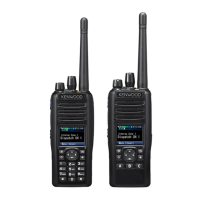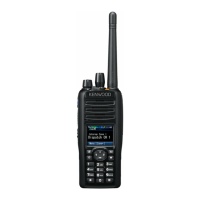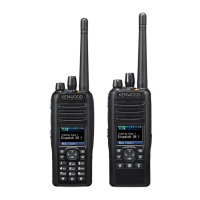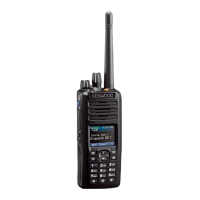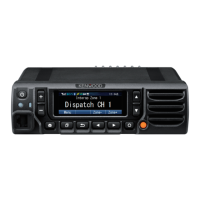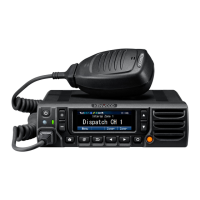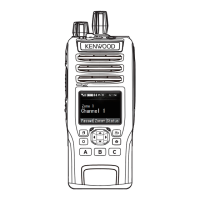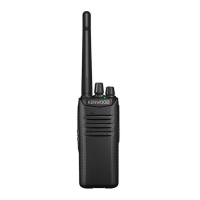19.1
Available Functions for the PF Keys
The following are the functions that can be assigned to the PF keys:
Table 19-1 Available Functions for the PF Keys
Function Name Description
Available
Communication
Systems
*1
None No function is activated. -
2-tone
The transceiver enters 2-tone Mode. In 2-tone Mode, the transceiver can send
a
2-tone code by selecting a 2-tone code configured in Encode List of 2-tone.
Analog Conventional
P25 Conventional
NXDN Conventional
Activity Detection
(Portable only)
Toggles Activity Detection between enabled and disabled.
See
0
P25 FUNC Placing the Transceiver in Emergency Mode Using the Activity
Detection Function (Portable Only)
0
NXDN
FUNC Using the Activity Detection Function to Place the Transceiver
in Emergency Mode
0
DMR FUNC Placing the Transceiver in Emergency Mode by Using the
Activity Detection Function
ALL
Activity Reset
(Portable only)
The Man-down Delay Time, Stationary Delay Time, or Motion Delay
Time timer is reset and then restarts counting down from the beginning.
See
0
P25 FUNC Placing the Transceiver in Emergency Mode Using the Activity
Detection Function (Portable Only)
0
NXDN
FUNC Using the Activity Detection Function to Place the Transceiver
in Emergency Mode
0
DMR FUNC Placing the Transceiver in Emergency Mode by Using the
Activity Detection Function
ALL
Auto Telephone
The transceiver searches an LTR Trunking system that can connect to a
telephone line and connects.
LTR Trunking
Autodial
The transceiver enters Autodial Mode. In Autodial Mode, the transceiver can
transmit by selecting a DTMF Code from the Autodial List or by entering a
DTMF Code.
See
P25 FUNC Communicating with a Telephone (Telephone Call)
P25 Trunking
Analog Conventional
NXDN Conventional
LTR Trunking
NXDN Trunking
Autodial
Programming
The transceiver enters Autodial Programming Mode. In Autodial Programming
Mode, the data configured in Autodial List can be added, changed, and
deleted.
ALL
AUX (Portable
only)
Alternates the status of the AUX Output port. The AUX Output port status is
changed to inactive if the status is active; or, the AUX Output port status is
changed to active if the status is inactive. Status of the AUX port can be
changed
by pressing the AUX key, hence an external device connected to the
AUX port can be controlled.
ALL
AUX A (Mobile
only)
Alternates the status of the AUX A Output port. The AUX A Output port status
is changed to inactive if the status is active; or, the AUX A Output port status
is changed to active if the status is inactive. Status of the AUX A port can be
changed by pressing the AUX A key, hence an external device connected to
the AUX A port can be controlled.
ALL
AUX B (Mobile
only)
Alternates the status of the AUX B Output port. The AUX B Output port status
is changed to inactive if the status is active; or, the AUX B Output port status
is changed to active if the status is inactive. Status of the AUX B port can be
changed by pressing the AUX B key, hence an external device connected to
the AUX B port can be controlled.
ALL
19 CONFIGURATION FOR EACH FUNCTION
19
CONFIGURATION FOR EACH FUNCTION
Common FUNC (K, F)/Ver 2.20 393
CONTENTS INDEX
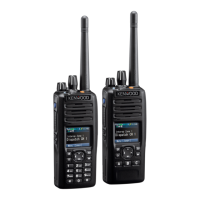
